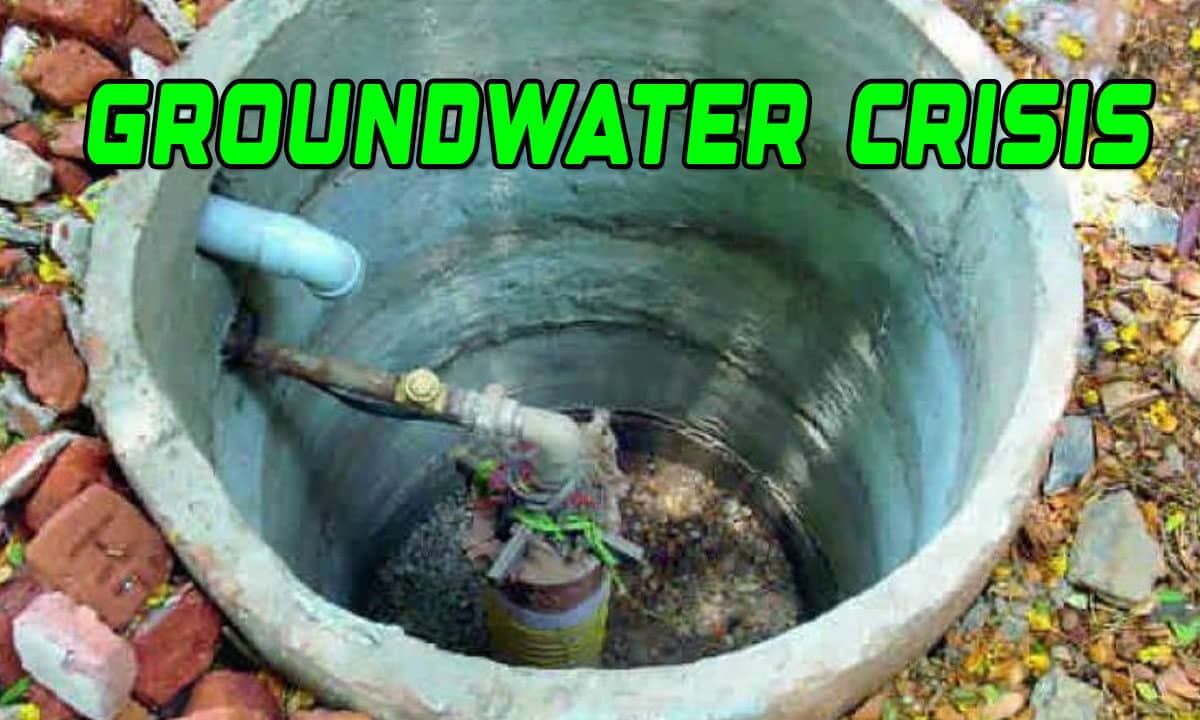Despite 22% More Rain, Telangana’s Groundwater Crisis Worsens — 500 Villages Go Dry
In nearby Koppole village, the situation is just as grim. Farmers have drilled over 70 borewells, but all efforts went in vain as groundwater levels dropped drastically, leaving fields barren and incomes shattered.

In Vattipalli village of Nalgonda district, farmer Ananta Reddy’s story mirrors the silent crisis engulfing Telangana. After sinking more than 130 borewells to save his 10-acre orchard, Reddy was forced to sell his land at a fraction of its current market value. “Each acre is worth ₹70 lakh today, but I couldn’t find water,” he said with deep regret.
Table of Contents
In nearby Koppole village, the situation is just as grim. Farmers have drilled over 70 borewells, but all efforts went in vain as groundwater levels dropped drastically, leaving fields barren and incomes shattered.
Also Read: After Kavitha’s Letter to KCR, Talk of New Party Gains Momentum in Telangana
Groundwater Over-Extraction Alarming Across State
According to the Telangana Groundwater Department, around 500 villages are experiencing excessive extraction, pushing groundwater resources to the brink. Districts like Vikarabad, Nagarkurnool, Yadadri Bhongir, and Medchal-Malkajgiri are among the worst affected, with over-extraction rising by 36% statewide.
The department’s latest report based on 1,771 piezometers shows the average groundwater level at 10.17 metres below ground level (mbgl) in April 2025. Alarmingly, four districts, including Vikarabad, reported levels exceeding 15 mbgl.
Minor Gains, Major Losses: District-Level Groundwater Trends
Though the average level rose by a marginal 0.34 m compared to April 2024, 16 districts still saw a decline. Siddipet recorded the steepest drop at 2.54 m, while Nalgonda saw a promising 2.92 m rise. Compared to May 2024, the rise was only 0.19 m, with Siddipet again witnessing the worst decline at 2.78 m.
Excess Rainfall, Yet No Relief
Telangana received 1,083 mm of rainfall in the 2024-25 water year — 22% above normal. Still, the state’s groundwater crisis deepened. The area under extreme depletion (beyond 20 mbgl) grew from 3,452 sqkm in April 2024 to 4,714 sqkm in April 2025, reflecting little respite from nature’s bounty.
Urban Growth and Failed Infrastructure Add to Woes
Rapid urbanisation and industrialisation, particularly in Rangareddy and Medchal-Malkajgiri, have strained groundwater further. Even as 6% of the resource is used for drinking water and 4% for industry, poor management of water infrastructure — including the underperforming Kaleshwaram Project — has worsened the problem.
Experts Call for Urgent Action
Officials and experts warn that unchecked borewell drilling and unsustainable cropping patterns could lead to a collapse in agriculture and drinking water access. They stress the need for rainwater harvesting, regulated groundwater use, and a shift in farming practices.
“The situation is alarming. Without swift, corrective action, the damage may become irreversible,” warned a senior groundwater official.
